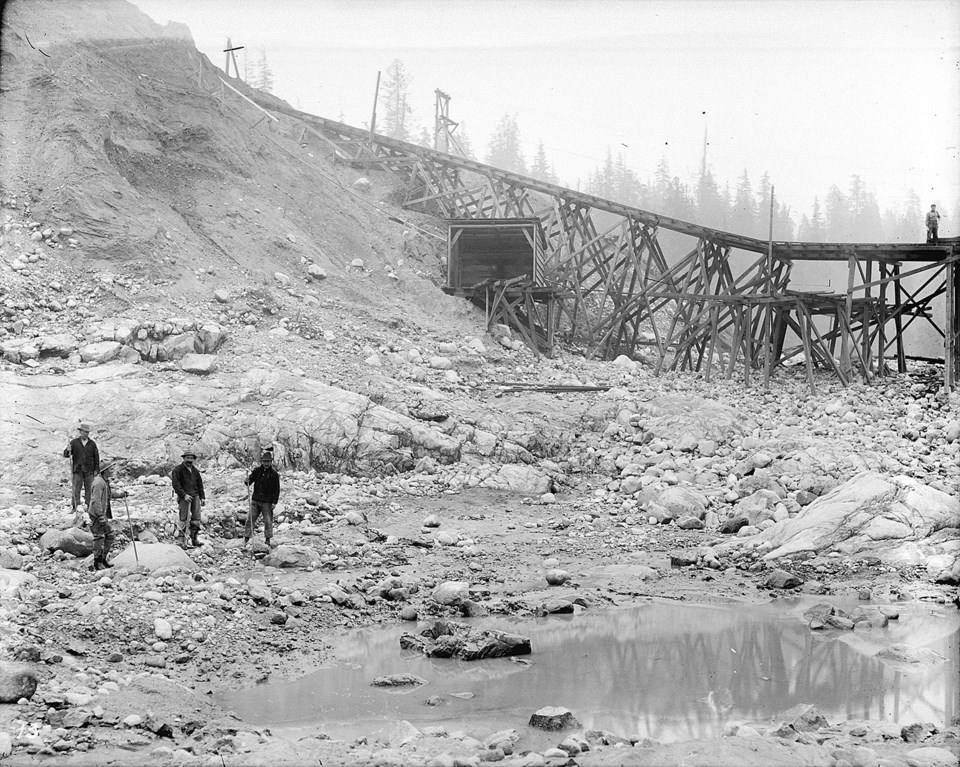The first dam on Coquitlam Lake was not a hydroelectric dam. A small-scale dam was built in 1892 in order to provide drinking water to the city of New Westminster.
But in the late 1890s and early 1900s, the British Columbia Electric Railway Company (BCERC) began purchasing and developing existing electrical infrastructure in the Greater Vancouver area.
As a part of its development plan, the BCERC intended to start a highly lucrative hydroelectric power project using Coquitlam Lake and Lake Beautiful (now known as Buntzen Lake). Through its subsidiary, the Vancouver Power Company (VPC), it bought out the existing dam and began providing New Westminster with water while it lobbied for permission for the project.
BCERC promised the city of New Westminster more developments in electrical infrastructure and improvements to the water system in exchange for permission to do the project. After getting the approval of the relevant authorities, VPC set to work.
The project created hydroelectric power by diverting water from Coquitlam Lake to Lake Beautiful before descending 400 feet into Indian Arm. This plan involved the construction of an ambitious 3.86-km tunnel between the two lakes.
Crews worked around the clock with steam-powered drills to chip away at the mountainside from both ends. Drilling was dangerous and several workers died.
The Port Moody-Coquitlam Railway was built to transport supplies to the construction site from the nearby pier in Burrard Inlet. When it was completed, the VPC hosted an opening ceremony where it officially renamed Lake Beautiful “Buntzen Lake,” in honour of VPC director Johanes Buntzen.
After a series of leaks between 1906 and 1908, the dam underwent redevelopment to repair any weakness and raise its height. The height increase provided a stronger and more consistent water flow through the turbines.
After this redevelopment, salmon were prevented from returning to Coquitlam Lake and the remaining salmon became landlocked.
In 2008, a multi-organization salmon restoration project began. This project is a collaborative effort between the Kwikwetlem First Nation, Fisheries and Oceans Canada, and several local environmental and municipal organizations.



